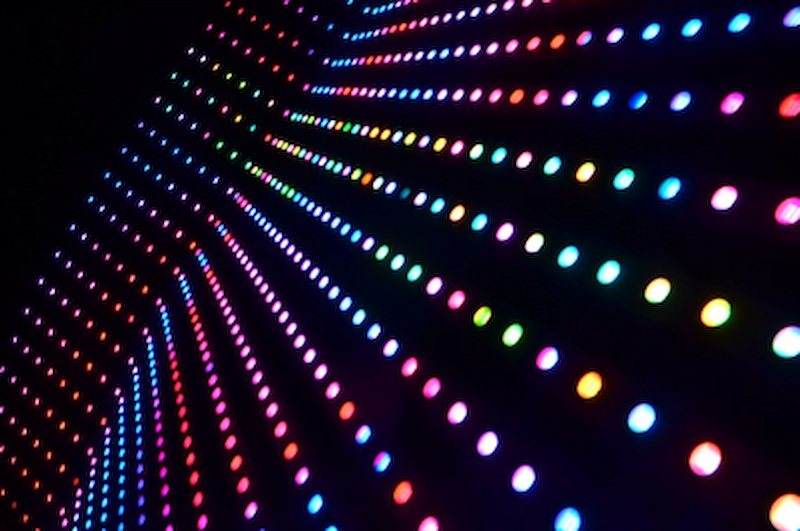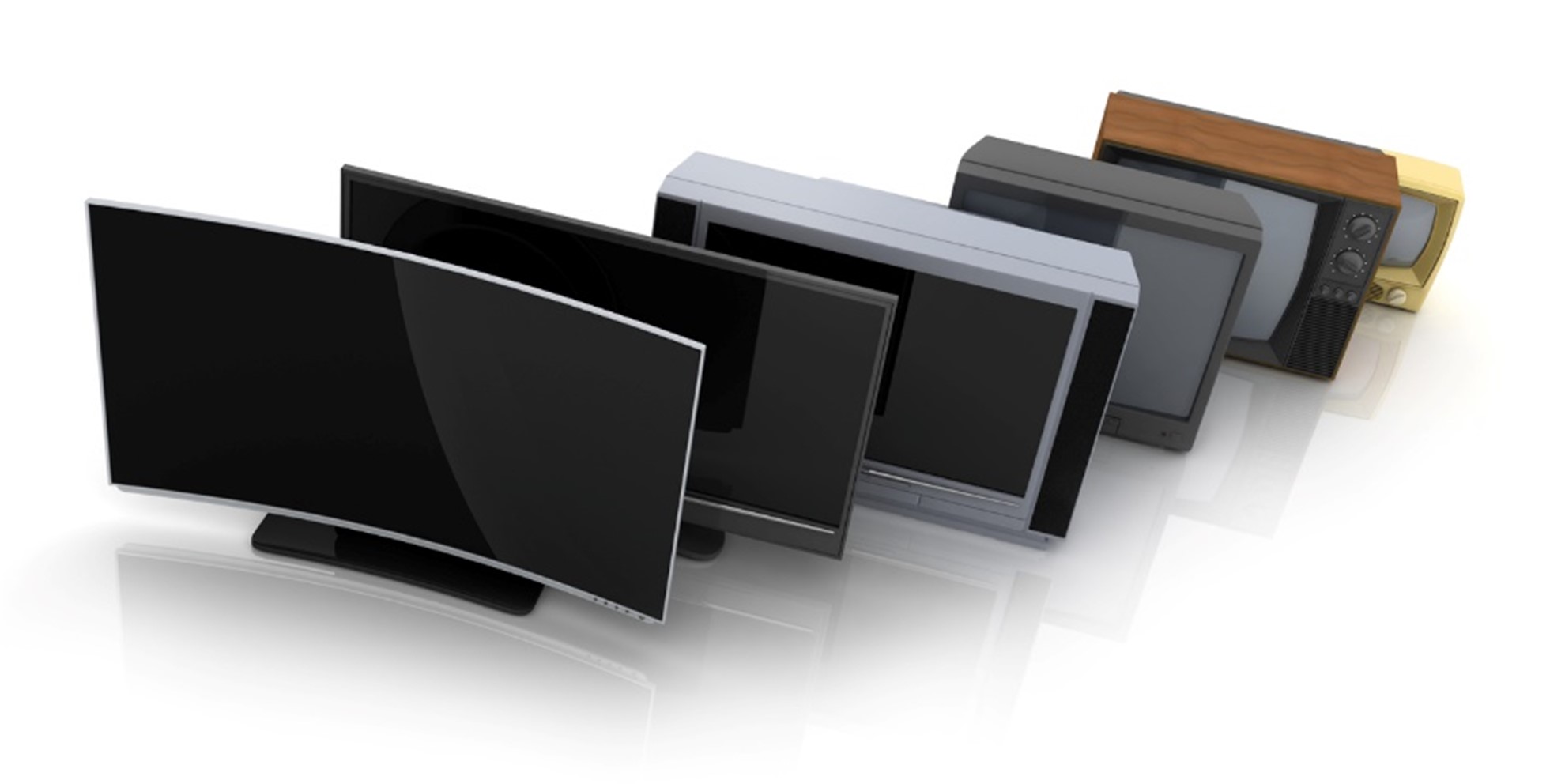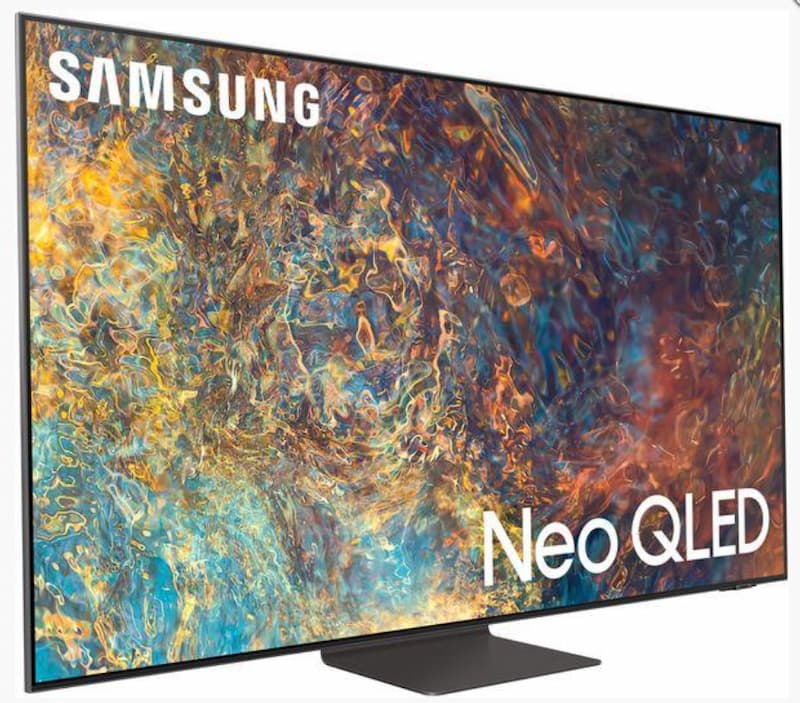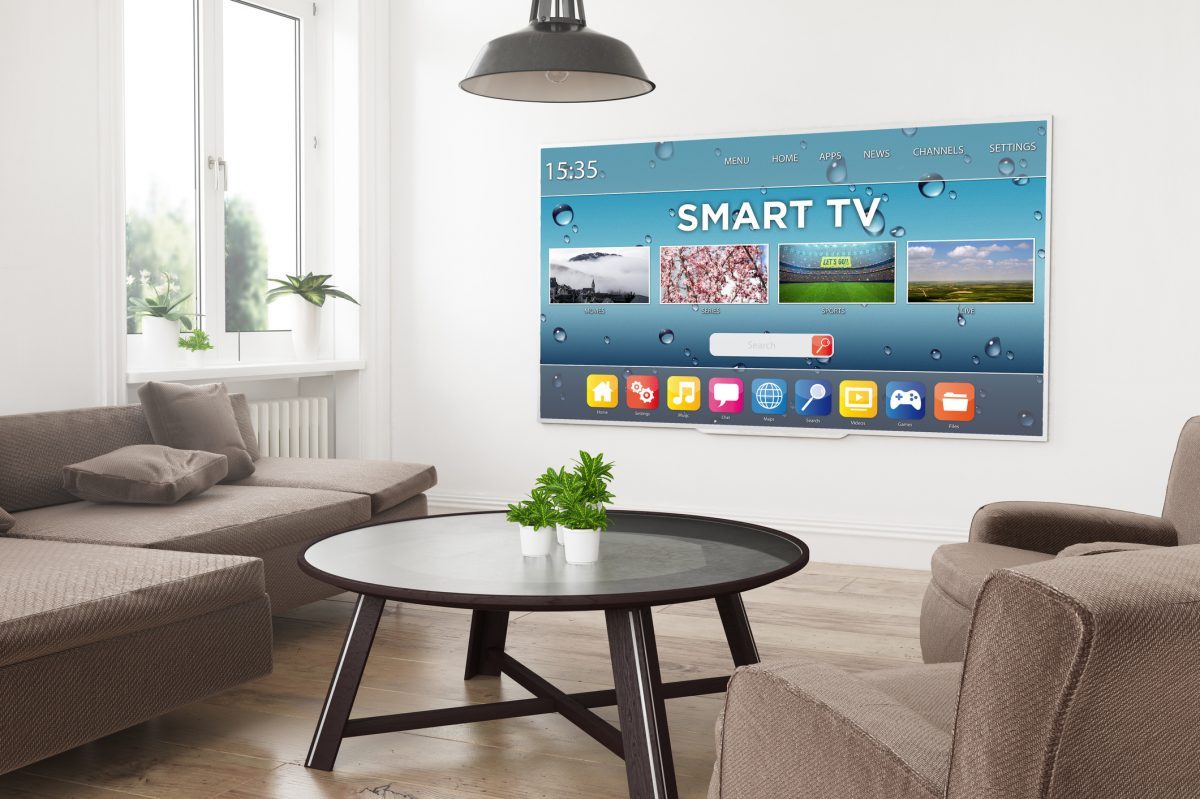MicroLED displays have seen some development during the past few years, in particular during the last 18 months. These televisions are currently being produced with a size of 77″ by Samsung. However, Apple is also adopting the technology for its use in mobile and wearable technology, but it is a long way off just yet.
As a leader in selling the latest technology within our range of cheap TVs, we are excited to discover emerging technology and explain how this will affect our customers’ decisions when purchasing their new devices. Today we will be exploring the applications of MicroLED TVs and what this will mean for the future of display technology.
The Features of MicroLED Displays in TVs
A MicroLED television represents a novel approach to crafting a display. It diverges from both OLED and QLED, introducing an alternative that might surpass the current benchmarks. This innovative display technology comprises millions of tiny LEDs assembled in a grid matrix to generate an image on the screen. A driver circuit then independently manages the LEDs, toggling them on and off quickly enough to create the appearance of motion.
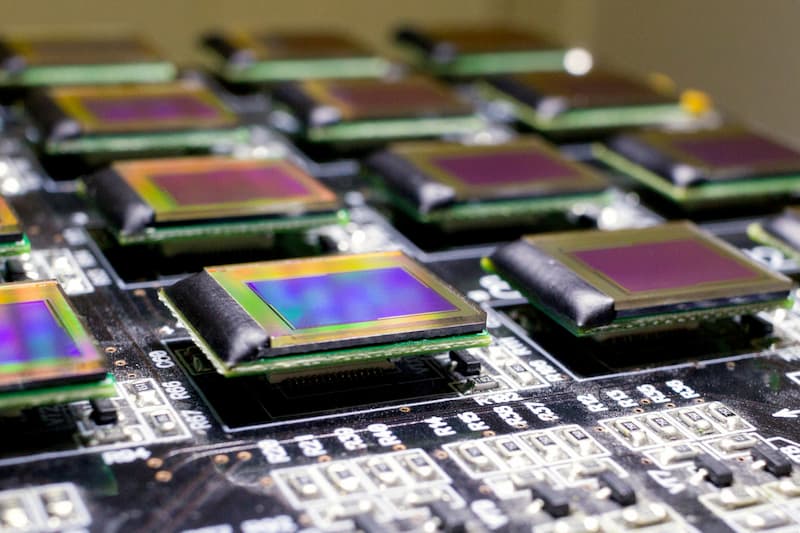
Though MicroLED technology is a work in progress, it promises to deliver remarkable benefits compared to LCD, OLED, and other existing technologies. Notably, it offers full-array local dimming, allowing each pixel to be illuminated or dimmed independently of its adjacent pixels, similar to contemporary plasma and OLED displays (albeit with less adaptability). This characteristic enables manufacturers to attain elevated brightness levels for HDR content while maintaining black levels for standard dynamic range content.
The Advantages of MicroLED
MicroLEDs offer several benefits over OLEDs and LCDs, including better energy efficiency, improved colour gamut, higher brightness, and excellent contrast ratios. They are also more durable than OLED displays and have a much longer lifespan. This technology offers many benefits to consumers, including:
- MicroLED TVs are extremely bright. Up to 5,000 nits of brightness offers a great picture, even in brightly lit environments, without losing detail or quality.
- MicroLED TVs offer a wider viewing angle than other TVs. This means viewers can watch them from almost any angle without losing detail or quality.
- MicroLED TVs have increased energy efficiency; a prominent benefit of employing MicroLEDs over OLEDs or LCDs is their enhanced energy efficiency. This results in more extended periods between charging, diminishing the demand for continuous high-power usage.
MicroLED Challenges
For consumer-facing manufacturers, a few main issues must be addressed before microLED technology can be successfully implemented. Manufacturers must develop a way to make the technology cost-effective and accessible to consumers. MicroLEDs are currently expensive and require a lot of time and effort, so manufacturers must find ways to improve the process to create more affordable products.
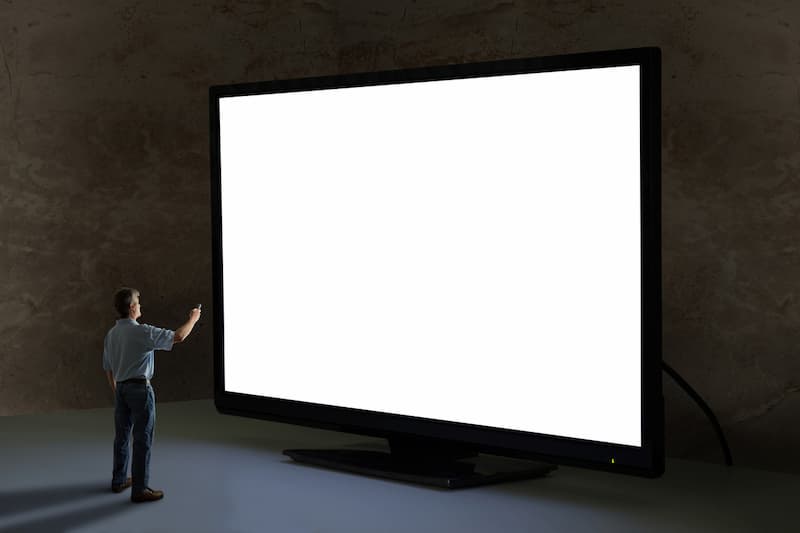
One of the challenges posed by MicroLED technology is that it is still in the development stage. Since LEDs function as individual pixels, a lot of them are required. For example, our cheap 4K TVs need a resolution screen of around 8.3 million LEDs to produce an image with a resolution of 3840 x 2160 pixels. However, MicroLED displays require a red, blue, and green LED for each pixel, resulting in a need for approximately 25 million individual LEDs for a 4K MicroLED screen. This means making a smaller screen is challenging and is the reason the smallest screen available is 77 inches. A 77-inch screen is unsuitable for most domestic homes, which means their market is niche compared to our cheap OLED TVs.
What Are the Differences Between MicroLED TVs, OLED TVs, and QLED TVs?
How MicroLED TVs compare to the current technology is astounding, as they are easily the better technology. Explore the differences and advantages of this new technology for today’s top displays:
OLED TVs
MicroLED and OLED TVs offer superior picture quality compared to standard LED/LCD TVs, but key differences set them apart. OLED displays excel in black levels and contrast ratios, perfect for dark rooms, while MicroLED TVs provide brighter images, ideal for well-lit environments. MicroLED TVs use red, green, and blue LED pixels, while OLED TVs use organic LEDs emitting varying colours. MicroLED TVs also have a longer lifespan due to their resistance to burn-in issues. However, they come at a higher price point because of their complex technology and manufacturing process.
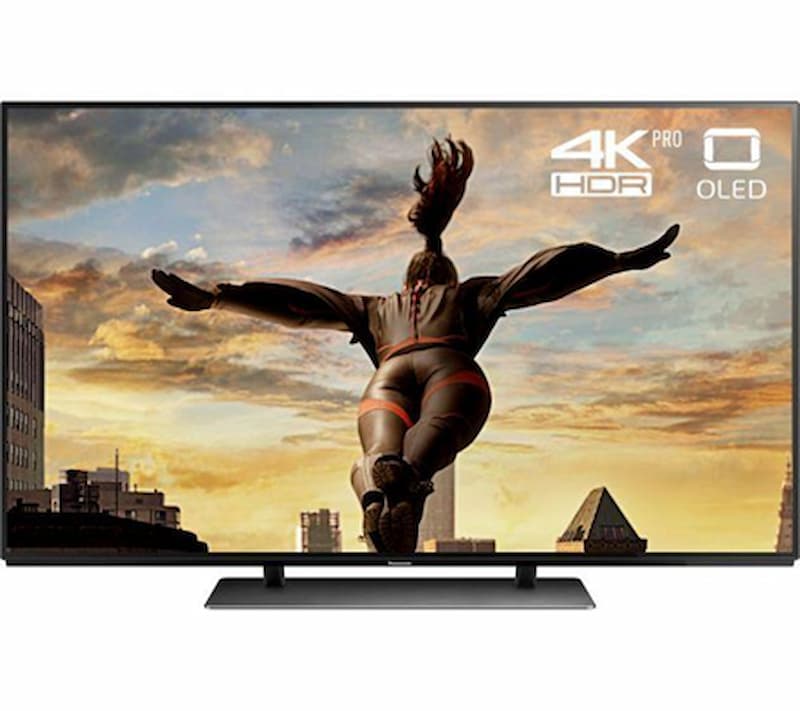
QLED TVs
The choice between MicroLED and QLED TVs depends on personal preferences and budget constraints: MicroLED for top picture quality at a premium price, and QLED for affordable yet excellent image quality. MicroLED TVs use microscopic LEDs, offering brighter, more accurate images than QLED displays, which rely on quantum dots and LED backlights. MicroLEDs excel in deeper blacks and higher contrast ratios, ideal for dark environments. They also have a longer lifespan and are less prone to burn-in compared to QLED TVs. However, MicroLEDs are more expensive and exclusive, while QLEDs cater to various budgets.
In the Meantime…
Ok, so whilst this technology seems to be the bee’s knees of displays currently available in a new TV, it comes with a rather hefty price tag to suit at around £50,000 and is only available from Samsung at a massive 77 inches. So, it is far from being ready for a domestic setting just yet. However, whilst we wait for the tech giants to make this technology more accessible for everyone, why not upgrade your TV to something which offers excellent quality and stunning immersive viewing? With our incredible range of cheap Samsung TVs and smart TV deals, you can still benefit from a great device for up to half the price of brand-new TV from larger retailers. Look at our stock online, or feel free to visit our showroom for help finding your next TV.

